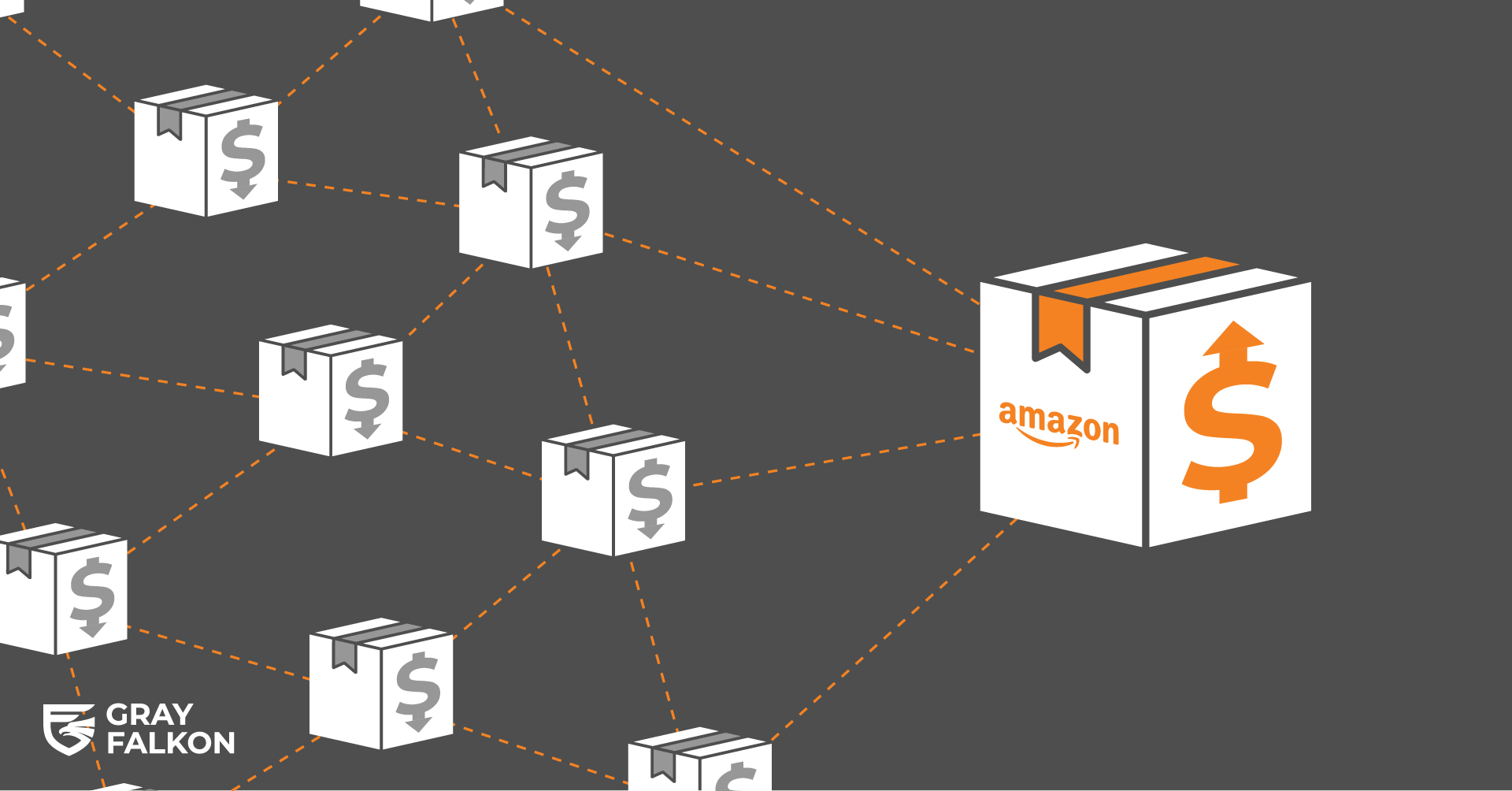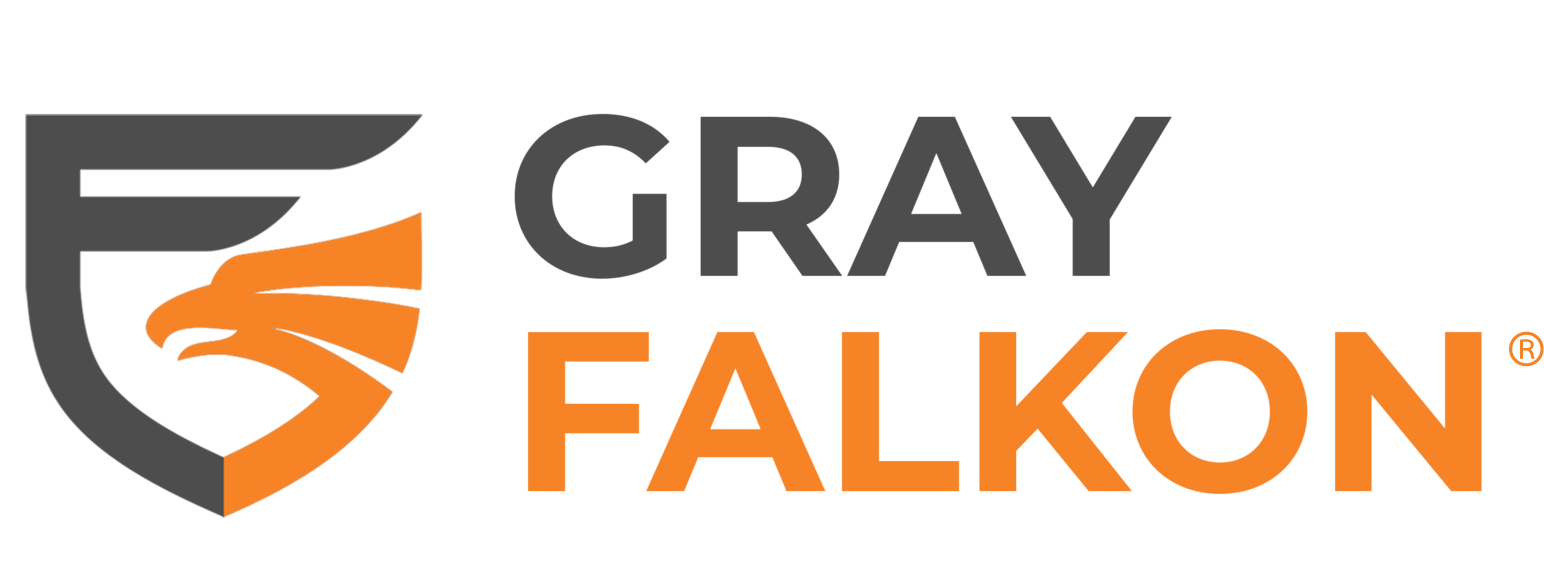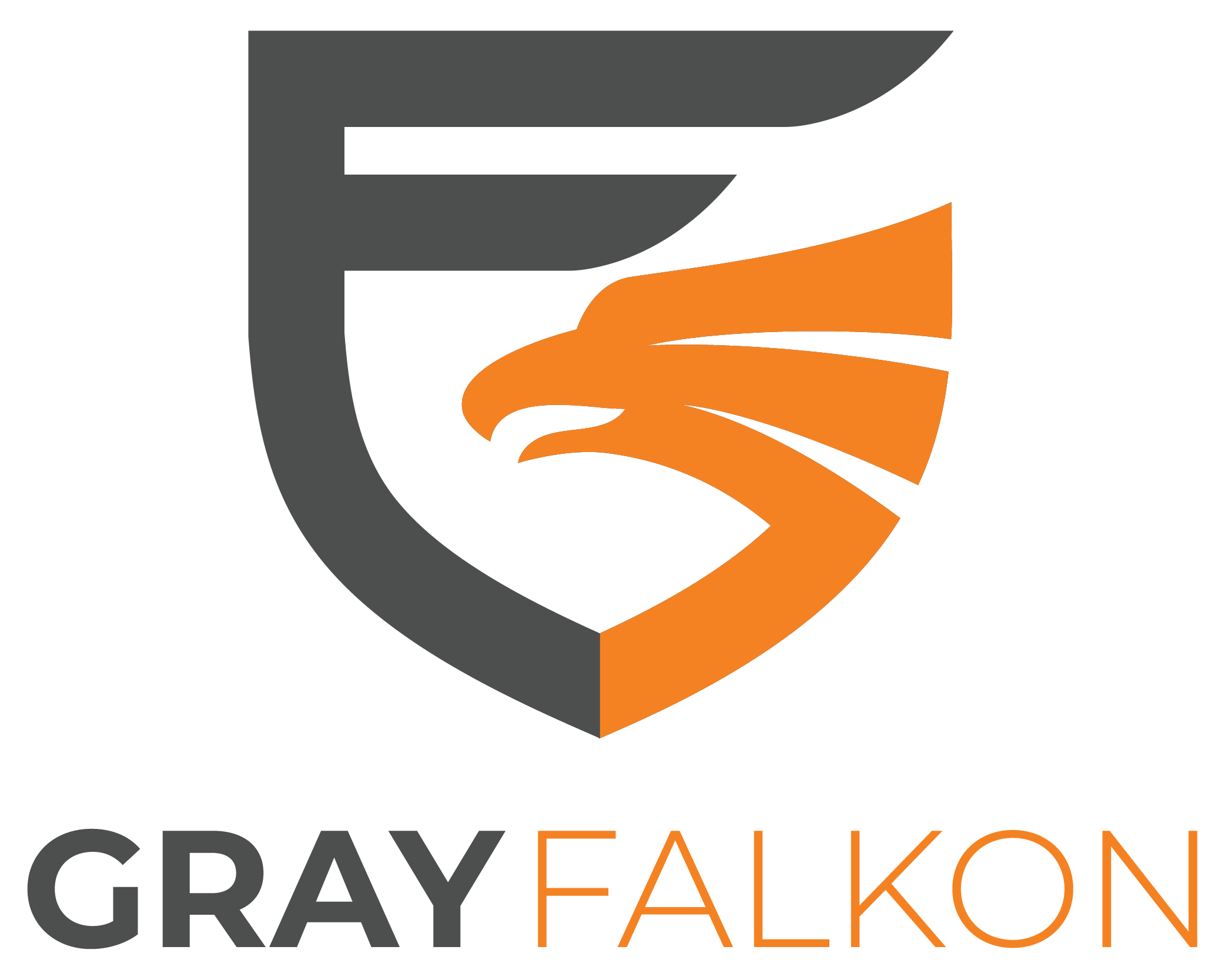
In the vast and dynamic world of eCommerce, Amazon stands as a colossal marketplace, offering many opportunities for sellers to thrive. Among these opportunities, Amazon arbitrage has emerged as a popular strategy, enabling sellers to leverage price differences across markets to sell products for a profit on Amazon. This practice, while lucrative for many, brings to light important considerations regarding its impact on authorized sellers and the overall brand ecosystem within the platform.
Amazon arbitrage is not merely a tactical move in the seller’s playbook; it’s a phenomenon that underscores the complexities of online retailing, where pricing, supply, and demand fluctuate rapidly. As such, understanding the intricacies of arbitrage is crucial for anyone involved in Amazon’s marketplace, from individual sellers to major brands. This blog aims to unpack the concept of Amazon arbitrage, examining its operational mechanics, its effects on authorized sellers, and how it intersects with brand policies and integrity.
Understanding Amazon Arbitrage
Amazon arbitrage is more than just a buy-low, sell-high strategy; it’s a nuanced approach to capitalizing on market inefficiencies across different platforms. Sellers engage in this practice by identifying products sold at lower prices in various retail environments or online marketplaces and then reselling them on Amazon at a higher price point. This profit-making strategy can be executed manually, where sellers personally scout for deals, or through automated systems that utilize sophisticated software to spot profitable arbitrage opportunities.
Sources for products sold by arbitrageurs can be segmented into two main categories: retail arbitrage and online arbitrage. Retail arbitrage involves buying products from brick-and-mortar stores at a lower price and then selling them on Amazon for a profit. This method requires the arbitrageur to physically visit stores, identify potential deals, and purchase items before listing them on Amazon. On the other hand, online arbitrage is the process of purchasing products from other online retailers at a lower price and then reselling them on Amazon. This approach allows sellers to leverage the vastness of the internet to find bargains across various online marketplaces without the need to physically visit stores.
The practice hinges on the arbitrageur’s ability to navigate the complex landscape of online retail, understanding not only where to source products but also how to optimize listings on Amazon to attract buyers. While this can be a lucrative venture, it introduces a layer of unpredictability in the market, especially for authorized sellers and brands who strive to maintain a consistent pricing strategy and brand image. Arbitrageurs, often not bound by direct agreements with brands such as Minimum Advertised Price (MAP), might list products at prices that conflict with the brand’s intended market positioning, potentially diluting the brand’s perceived value and creating inconsistencies across sales channels.
For brands and authorized sellers, the implications of arbitrage extend beyond individual sales to affect overall market dynamics and brand reputation. As such, understanding the mechanics of Amazon arbitrage is crucial for any stakeholder in the eCommerce ecosystem looking to navigate its challenges effectively.
Impact of Amazon Arbitrage on Authorized Sellers
Amazon arbitrage poses a multifaceted challenge for authorized sellers, impacting not just pricing strategies but also the broader market dynamics and brand perception. When arbitrageurs list the same products at lower prices, they don’t just compete on cost; they introduce a level of market unpredictability that can undermine authorized sellers’ carefully calibrated strategies.
Deepening Price Erosion: The ripple effects of price undercutting by arbitrageurs extend beyond immediate sales. They can trigger a chain reaction, prompting other sellers to lower their prices, which can cumulatively lead to significant market-wide price erosion. This devaluation can affect the brand’s premium positioning and erode customer perception of quality and value.
Disrupting Brand Consistency: Authorized sellers adhere to strict brand guidelines to maintain a uniform brand image, which arbitrage can disrupt. Inconsistent pricing and presentation can confuse customers and dilute the brand’s message, undermining the efforts of authorized sellers to maintain a cohesive brand narrative across platforms.
Impacting Customer Experience: Customers encountering varied pricing and inconsistent product availability might question the reliability and authenticity of the products, leading to potential dissatisfaction and eroding brand loyalty.
Complicating Policy Enforcement: The presence of unauthorized sellers engaging in arbitrage complicates the enforcement of pricing policies. It creates an additional layer of complexity for brands trying to ensure that all sellers, not just authorized ones, adhere to their pricing guidelines.
By understanding these impacts, authorized sellers and brands can better strategize to counteract the challenges posed by arbitrage, ensuring they protect their market position and uphold brand integrity.
Importance of Policy Adherence for All Sellers
For brands operating on Amazon, policy adherence isn’t just about maintaining pricing integrity; it’s about safeguarding the brand’s image and ensuring a consistent customer experience.
Comprehensive Brand Protection: Policy adherence extends beyond pricing to encompass aspects like product authenticity, warranty claims, and customer service standards. This holistic approach to brand protection is essential in an ecosystem as diverse and dynamic as Amazon’s marketplace.
Gray Falkon’s Proactive Monitoring: Gray Falkon’s Full Deployment solution stands out by offering proactive monitoring and enforcement, ensuring that any deviations from set policies are quickly identified and addressed. Our AI-driven technology provides brands with the insights and control needed to maintain consistency across all seller activities on Amazon.
Empowering Authorized Sellers: By enforcing policy adherence, Gray Falkon helps empower authorized sellers, giving them the confidence to compete on fair terms. This support is crucial in an environment where unauthorized sellers can quickly disrupt market dynamics.
Strategic Enforcement: Gray Falkon doesn’t just identify violations; our Brand Success Strategists offer strategic enforcement solutions that respect the nuances of brand-seller relationships. This approach is designed to protect the brand’s interests while fostering a positive selling environment on Amazon.
By emphasizing policy adherence and utilizing Gray Falkon’s sophisticated monitoring and brand protection tools, brands can ensure their values and rules are upheld, maintaining their stature and reliability in the eyes of consumers.
Understanding the Interplay Between Arbitrage and the Gray Market
While Amazon arbitrage and the gray market share similarities, such as the involvement of unauthorized sellers impacting brand integrity and market dynamics, they are distinct concepts. Arbitrage focuses on exploiting price differentials within legal bounds, typically without counterfeiting or piracy. In contrast, the gray market involves selling genuine products outside authorized distribution channels, which can include cross-border sales without brand permission, potentially leading to warranty and service support issues.
Both practices can challenge brands in maintaining consistent pricing, quality control, and customer experience. Understanding these nuances is crucial for brands to develop comprehensive protection strategies.
Differences in Product Source and Legality:
- Arbitrage: Involves buying products from legitimate sources, often at discounted prices, and reselling them on Amazon. The products are genuine, and the transaction is legal, though it may not align with the brand’s intended pricing strategy.
- Gray Market: Refers to the sale of genuine branded products through unauthorized channels. These items are often imported without the brand’s consent, potentially breaching regional sales agreements and impacting warranties or service agreements.
Impact on Brand Perception and Customer Trust: While arbitrage might lead to pricing inconsistencies, it generally doesn’t affect product authenticity. In contrast, gray market goods, though genuine, can lead to customer dissatisfaction due to a potential lack of warranty or support, affecting the brand’s reputation and customer trust.
Strategies for Brand Protection: Understanding the nuances between these two practices is vital for brands to implement targeted strategies. For arbitrage, brands might focus on monitoring pricing and enforcing MAP policies. For gray market issues, brands need to track product distribution and verify the authenticity and origin of online listings.
By comprehensively understanding and distinguishing between Amazon arbitrage and the gray market, brands can better tailor their protection strategies, ensuring their products are represented accurately and sold through appropriate channels, maintaining brand integrity and customer satisfaction.
Work With Us
Can Amazon arbitrage, a practice where sellers capitalize on price differences to sell on Amazon for profit, affect authorized sellers? Yes. While arbitrage is a legitimate strategy, its impact on market dynamics necessitates that authorized sellers and brands remain vigilant and proactive in their pricing and brand protection strategies. Understanding the landscape of Amazon arbitrage is crucial for maintaining a healthy and competitive marketplace, ensuring that authorized sellers can navigate these challenges effectively and sustain their success on Amazon.
If you’re a brand selling on Amazon and looking to navigate the complexities of arbitrage, mitigate unauthorized third-party sellers behavior, or simply aiming to fortify your brand’s presence and pricing strategy, schedule a demo and discover how Gray Falkon’s comprehensive solution and brand protection tools can fortify your defenses.





